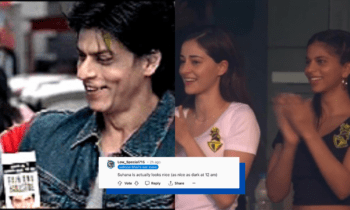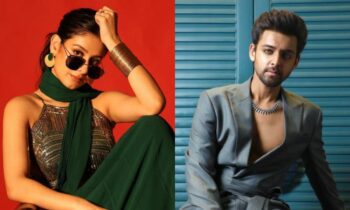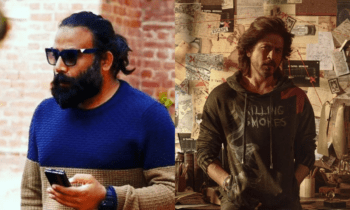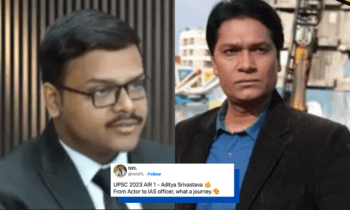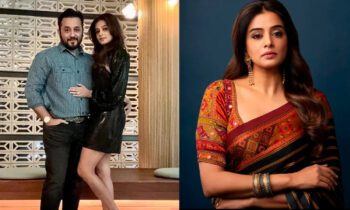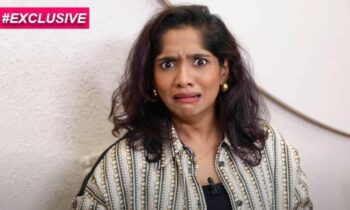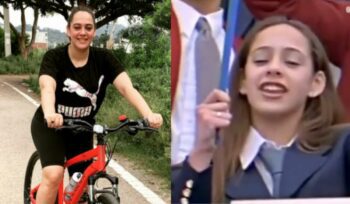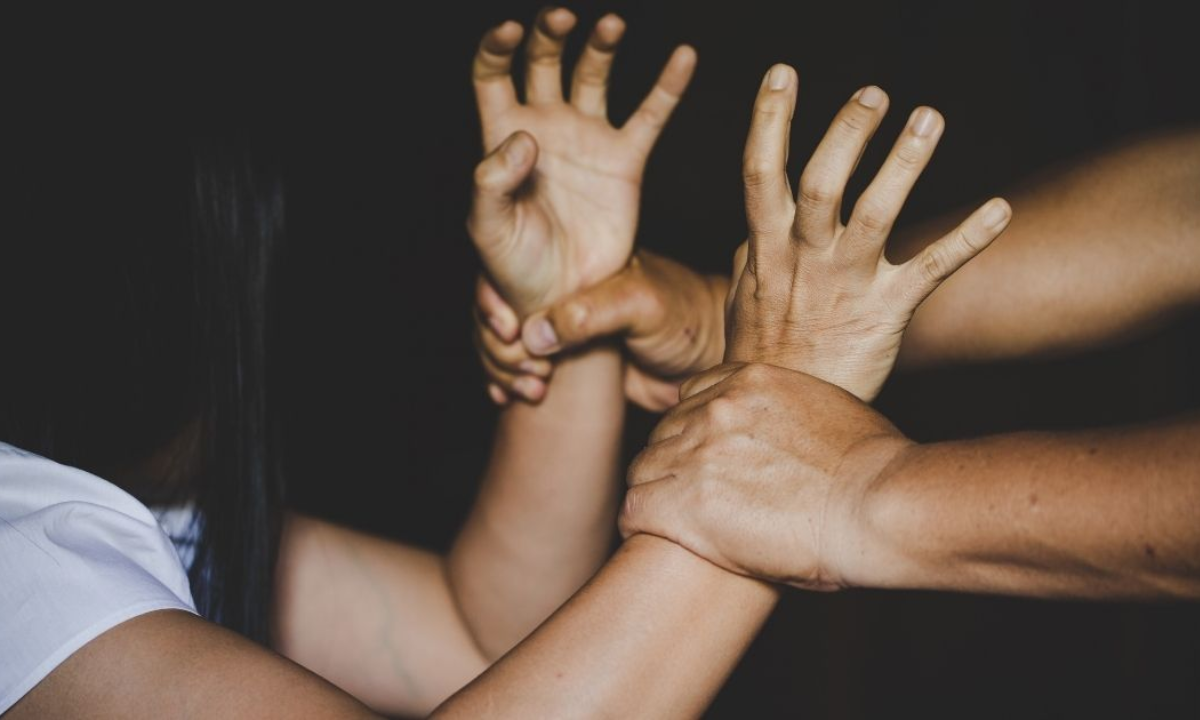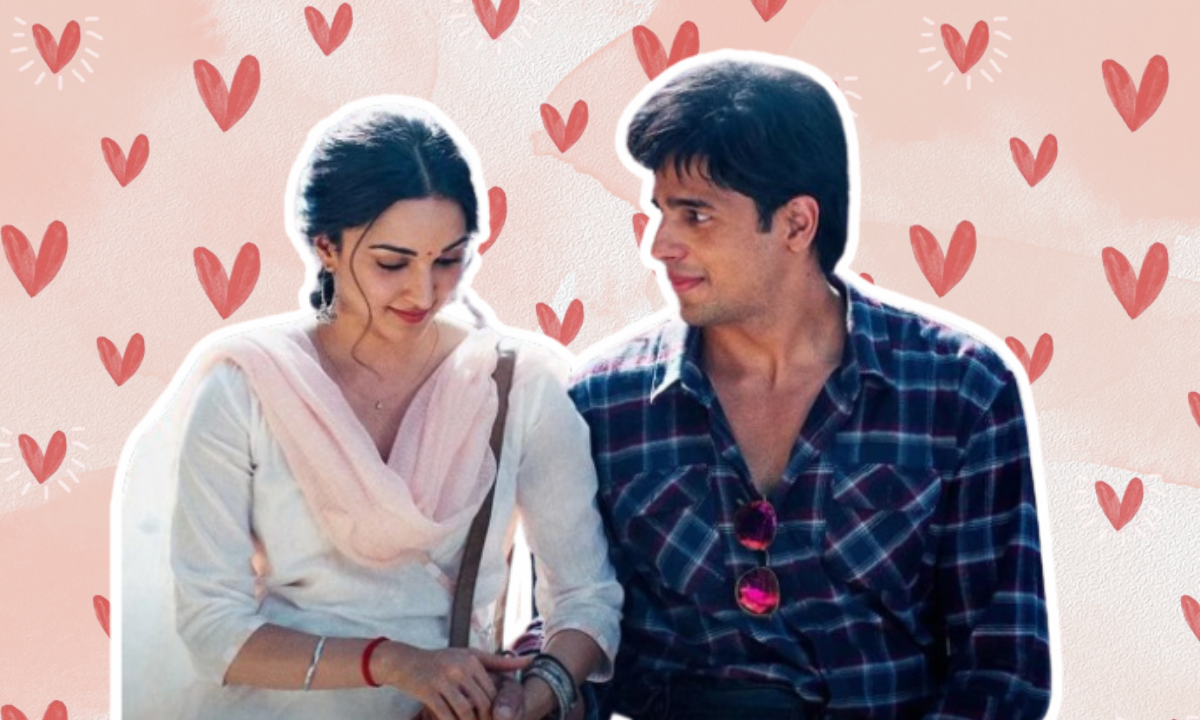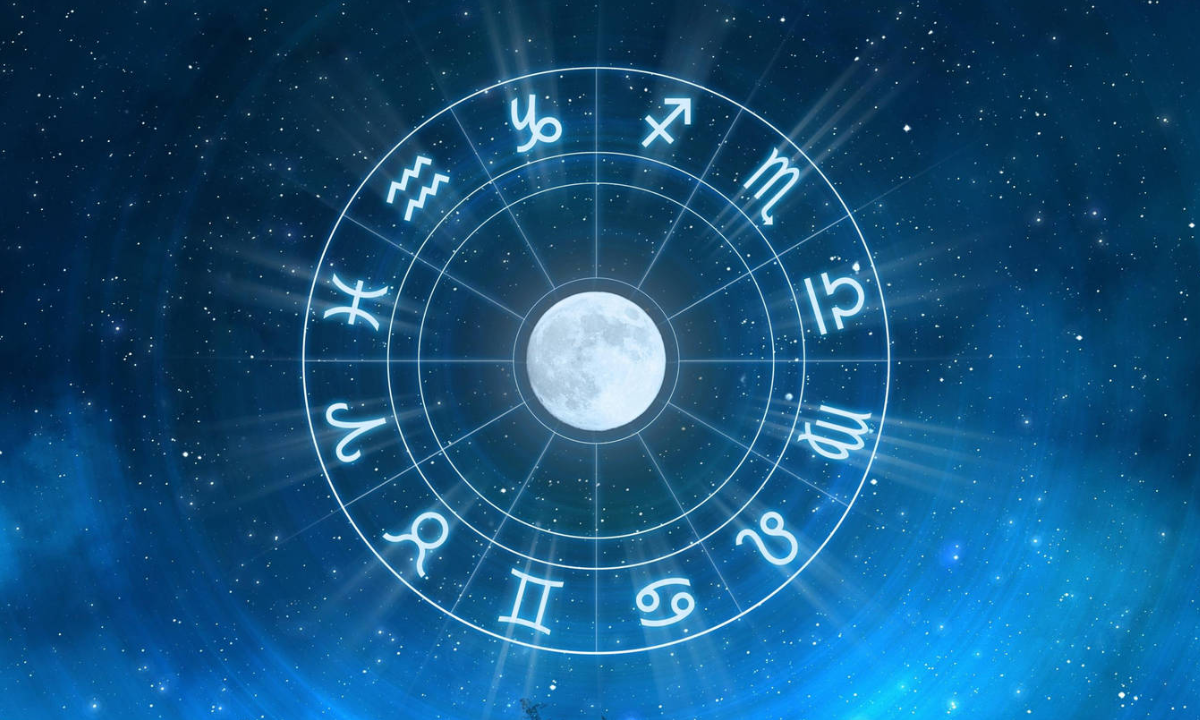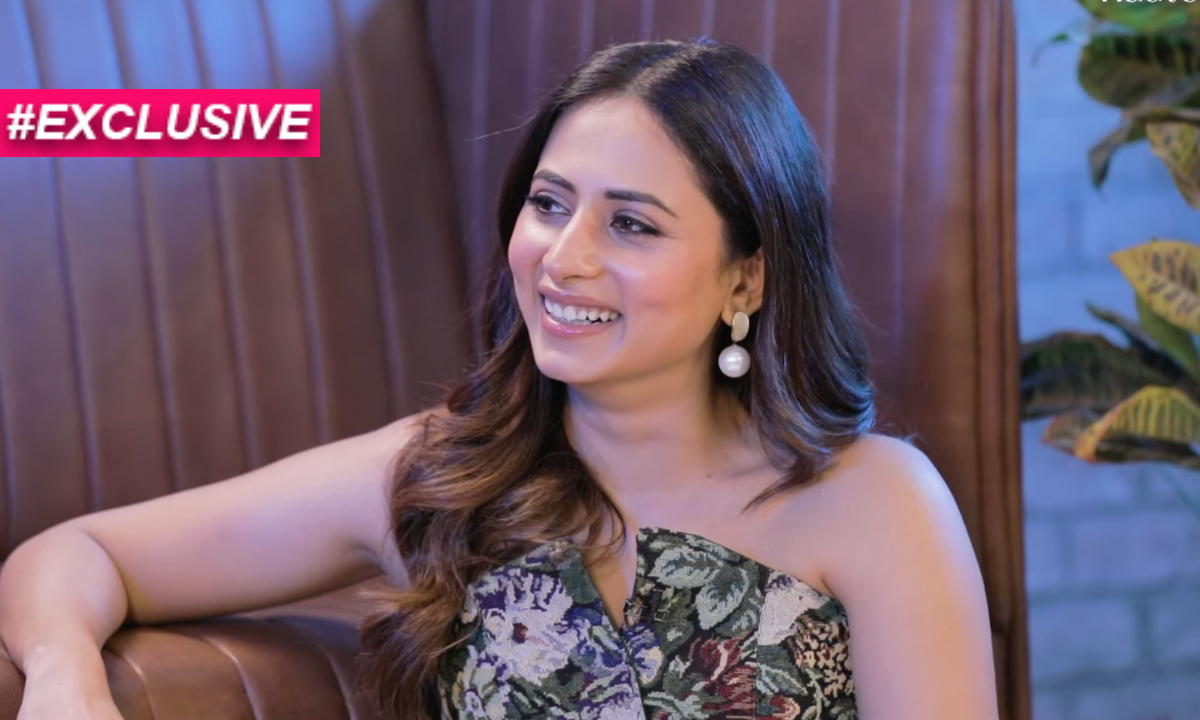Gucci Featured A Model With Down’s Syndrome In Its Latest Beauty Campaign And It Became The Most Liked Picture On Their Page
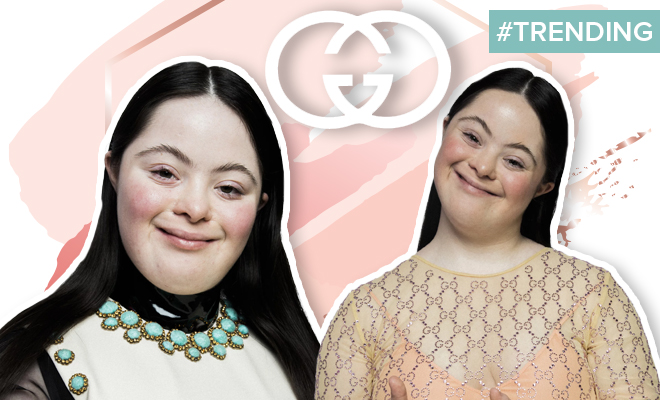
The fashion and beauty industry has been obsessed with their own idea of perfection for years now and that’s the reason why most of the models you see on those billboards are seemingly flawless, from top to bottom. The brands and the designers often pick picture-perfect models which sets highly unrealistic beauty standards that real women like us end up idealising. The fact that they are being featured in a beauty brand’s ad implies beauty exactly of that type, is perfection, when it most certainly is not.
However, customers today do know better and hardly fall into this superficial trap. Brands, realising this, are making efforts to turn the deeply fascist industry more diverse and inclusive. Not just real women or models of varied colour, race and age, but the women who are differently abled also have made it to the cut in the recent past. One of the brands that broke the status quo of representing stereotypical beauty and fought against ableism is the fashion giant, Gucci. For its social media scouting #theguccibeautyglitch” in partnership with Vogue Italia, Gucci featured Ellie Goldstein, an 18-year-old model with Down’s syndrome. The Instagram post that has her smiling and wearing the brand’s L’Obscur Mascara is the most liked photo on the page.
The agency that represents Ellie works prominently for models with physical and learning disabilities. Realising the lack of representation of diverse models in the fashion and beauty industry, Zoe Proctor and Laura Johnson started Zebedee Management with an aim of “supplying diverse models and offering sensitive representation.” Goldstein has been associated with the agency since she was 15.
https://www.instagram.com/p/CBkalZTDhgL/?utm_source=ig_embed
Gucci made a statement about the project and said, “Inclusiveness, authenticity, and freedom have always distinguished the aesthetic vocabulary of Gucci’s creative director Alessandro Michele and Gucci Beauty, whose initiatives are a hymn to diversity and self-expression from the beginning,” Talking about the campaign, Michele said, “I designed L’Obscur mascara for an authentic person who uses makeup to tell their story of freedom, in their way.”
Clearly, Goldstein checks all the boxes for the brand’s ideology for the campaign. Despite her condition, she never backed down and made a name in the highly competitive and rigid industry there is. She told in an interview, “I got into [it] when I was 15 years old. My mum found out about Zebedee Management and we decided to join them. The best part of modelling is showing myself off to everyone. I love to be in front of the camera and show how professional I am.” Obviously the modelling agencies deserves a huge shout out for bringing the models with disability to the spotlight they deserve.
Before this, Zebedee Management has churned out many great talents in the modelling industry and Goldstein is just one of them. Their models have been featured in luxury women’s wear brands and premium ones like H&M. However, international fashion weeks are still a pipe dream. Although fashion runways have become inclusive of models of different body size, colour and age, securing a spot on the catwalk is still an uphill battle for the disabled models.
Also, seeing a woman with a disability on the cover of a fashion magazine or a beauty brand’s commercial is extremely rare. I admit, things are changing, albeit slowly, but there’s still a long way to go. It is not until the brands realise that will we see the change. Thankfully, some brands have not only taken an initiative to show what real beauty looks like, but also moulded their brand for the differently-abled.
Fashion brands like Asos and Tommy Hilfiger have launched fashion lines and products to specially cater to disabled community in the past and they have gotten the accolades for it. While ASOS designed a wheelchair-friendly, waterproof tie and dye jumpsuit for their customers, Tommy came up with a fashion line ‘Tommy Adaptive’ specifically to accommodate their specially-abled customers. The campaign for these fashion lines featured the disabled models too. Now, that’s what inclusive fashion actually looks like.
Also Read: Disability Activist Lizzie Velasquez Requests Parents To Teach Their Kids To Be Empathetic After A Mom Used Her Photo To Scare Her Kid For A TikTok Challenge
Great to see this sort of representation on the @ASOS website. Shopping is something most of us take for granted in terms of representation. Seeing disabled people in the media through campaigns, as actors, singers is so important as it challenges the stigma around disabilities. pic.twitter.com/asQAprWFxS
— Gurls Talk (@gurlstalk) July 4, 2018
Although the fashion and beauty industry has broken free of racism, colourism and standardised body image to some extent (let’s give them that), it still has to toss out ableism to actually bring a change. Inclusivity cannot be selective and convenient, but actually has to be diverse and comprehensive in true sense.
Women with physical and learning disability or any medical condition, for that matter, are just as beautiful as a skinny woman with porcelain skin and luscious hair. Plus, isn’t fashion and beauty all about self-expression and exclusive to each person? It’s strange how the only industry that should be (and is capable of) celebrating diversity and uniqueness is the only one that’s grappling with the mainstream beauty ideals. It’s time we bury any prejudice and discrimination that stems out in the glam industry on the basis of how someone looks. Because that’s one thing that’s entirely in contrast with the whole perception of beauty and fashion.





